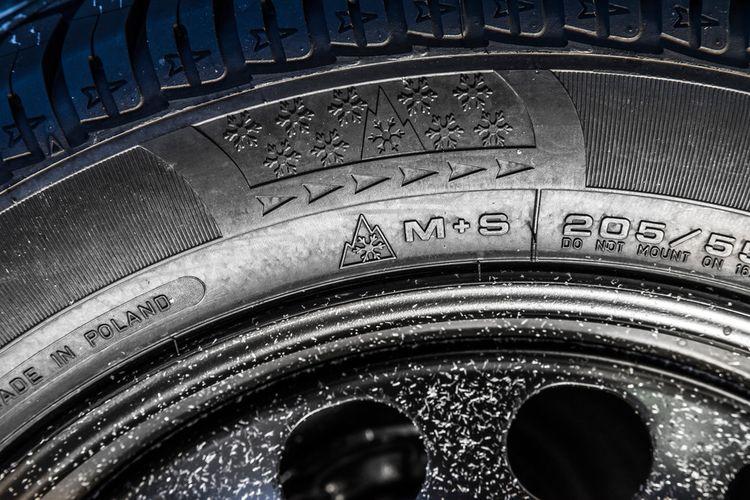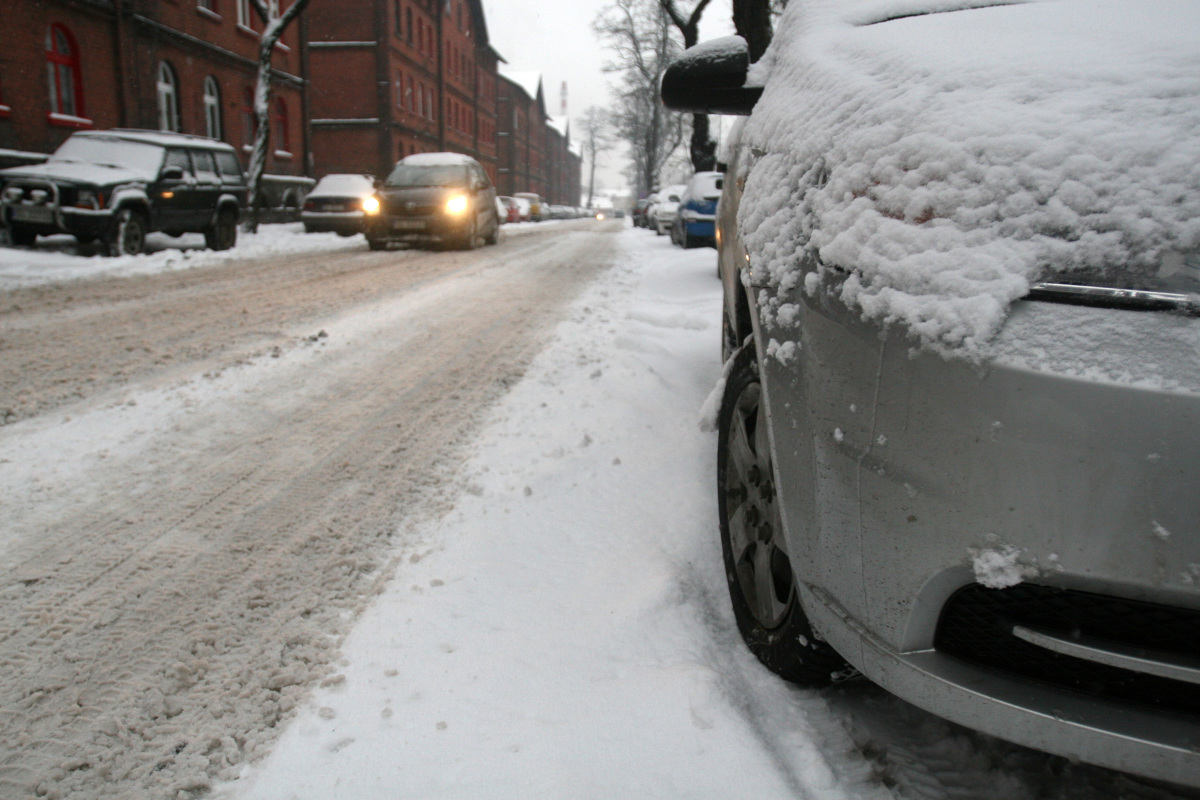
Tires. What does the alpine symbol mean?
 The symbol of three mountain peaks and a snowflake (in English: three-peak mountain snowflake or abbreviated 3PMSF), also known as the Alpine symbol, is the only official designation for winter tires. Unlike other tyres, such as M+S, this symbol is only used for tires that have been tested to standards that certify their performance in winter conditions.
The symbol of three mountain peaks and a snowflake (in English: three-peak mountain snowflake or abbreviated 3PMSF), also known as the Alpine symbol, is the only official designation for winter tires. Unlike other tyres, such as M+S, this symbol is only used for tires that have been tested to standards that certify their performance in winter conditions.
The snowflake symbol against a mountain is the only winter tire marking according to the UN and EU Regulations arising from UNECE Regulation 117 and Regulation 661/2009. This means that the tire has the right tread pattern for the given conditions, as well as the composition and stiffness of the rubber compound. Both factors are very important for the properties of winter tires.
The Alpine symbol was introduced by a European Union directive in November 2012. In order for a manufacturer to display a mountain symbol with an accompanying snowflake on the sidewall of a tire, its tires must pass the appropriate tests, the results of which show that the tire provides safe handling on snow. Factors such as ease of starting and braking performance even on wet surfaces are taken into account. In addition to the Alpine symbol, most manufacturers also place the M+S (meaning "mud and snow" in English) as a statement that the tread has a mud and snow pattern.
The M+S tire tread improves traction in snowy or muddy conditions, but only in relation to standard tires (summer and all-rounders). M+S tires also do not pass standardized tests to check the minimum grip threshold in winter conditions - as is the case with 3PMSF tires. Therefore, this is only a declaration of this manufacturer. Tires marked exclusively with this symbol and sold as winter tires should be handled with care. Therefore, when buying a winter or all-season tire, always look for the Alpine symbol on the side.
“However, a winter tread alone will not improve the grip of a hard tyre, especially in typical winter conditions. The softer compound, which does not harden when the temperature drops, provides better grip at temperatures down to +10 degrees Celsius and below, both on wet and dry surfaces, says Piotr Sarniecki, General Manager of the Polish Tire Industry. Association - and this is the Alpine symbol that denotes them. It is also put on almost all tire models, the so-called. year-round well-known producers. This means they are winter-approved and meet the requirements for winter tyres, although not with the same margin of safety as typical winter tyres, he adds.
The editors recommend:
How to use a car with a particulate filter?
Favorite cars of Poles in 2016
Speed camera records
In simple terms, we can say that the Alpine symbol means that this tire has a softer winter compound, and most often a tread with many cuts. And the M+S sign indicates that only the tread is slightly snowier than a typical summer tire.
This also applies to SUVs. Four-wheel drive helps when pulling away. But even when braking and cornering, the higher weight and center of gravity means that such a car must have tires adapted to the season. Driving an SUV in winter on summer tires is unsafe and uncomfortable.
The adjacent mountain snowflake symbol and M+S emphasize the quality of the tire and its high performance at lower temperatures, but not necessarily only on snowy roads. Road tests show that even on snowless days at temperatures of 10 degrees C and below, tires with the Alpine symbol will be a safe solution. The colder it is, the greater the grip and safety of winter tires becomes.
– Driving in autumn and winter is more difficult than in spring and summer. Early dusk, fog, slippery roads and increasingly cold temperatures mean every maneuver must be done early and with great care. Sudden braking or lane changes can cause skidding in cold weather. The winter tire was designed to prevent this. Its structure, compound and tread improve traction on winter days. The greater the grip, the lower the risk of unexpected vehicle behavior. That's why it's worth using tires with the Alpine symbol, as they guarantee good performance in winter conditions and affect our safety,” adds Piotr Sarnecki.